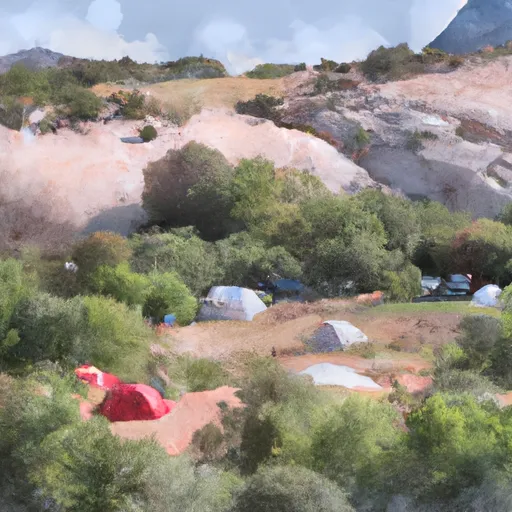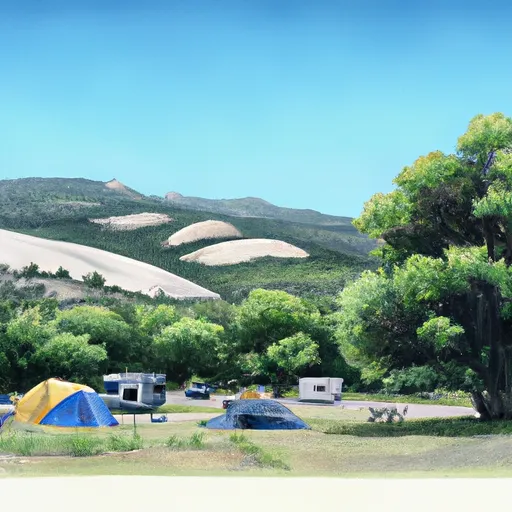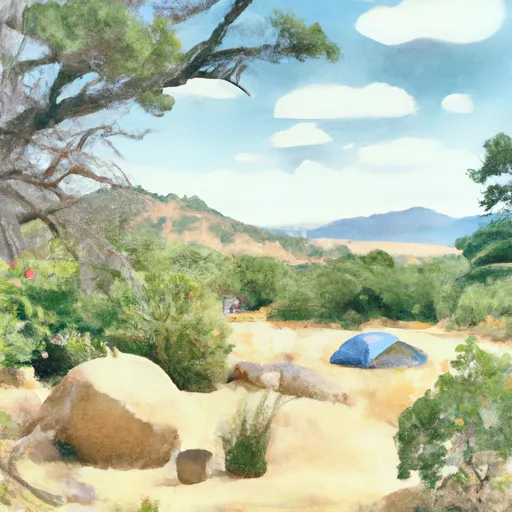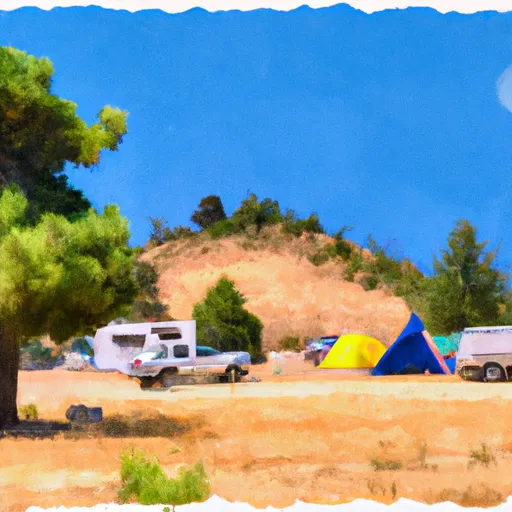Summary
It is believed to have been inhabited by various Native American tribes from 5000 BC to the 16th century AD. The site was first excavated in 1936 and later in the 1950s, revealing a wealth of artifacts including stone tools, pottery, and bone fragments. The rock shelter also features pictographs and petroglyphs, which are ancient drawings and carvings on the rock walls. Visitors to the site can observe the art and artifacts left behind by the ancient inhabitants, providing a glimpse into their daily lives and cultural practices. The site is also surrounded by scenic desert landscapes, making it a unique destination for outdoor enthusiasts.
Visiting the La Cueva Rock Shelter is a great way to learn about the rich cultural history of the region. The site is easily accessible and provides a unique opportunity to see ancient artifacts and rock art up close. Visitors can take a self-guided tour of the shelter and surrounding area, or participate in guided tours led by trained professionals. The site is also a popular destination for hiking and birdwatching, as it is located in the Chihuahuan Desert and is home to a variety of wildlife. Overall, the La Cueva Rock Shelter is a must-see destination for anyone interested in history, archaeology, or the natural beauty of the American Southwest.
Weather Forecast
Area Campgrounds
| Location | Reservations | Toilets |
|---|---|---|
 Aguirre Springs
Aguirre Springs
|
||
 Aguirre Spring Campground
Aguirre Spring Campground
|
||
 Aguirre Spring Hostsite
Aguirre Spring Hostsite
|
||
 Volunteer Park Travel Military
Volunteer Park Travel Military
|

 Vista De La Montana
Vista De La Montana
 Candlelight Knolls Mini Park
Candlelight Knolls Mini Park
 Sam Graft
Sam Graft
 La Buena Vida Park
La Buena Vida Park
 Majestic Terrace Min Park
Majestic Terrace Min Park